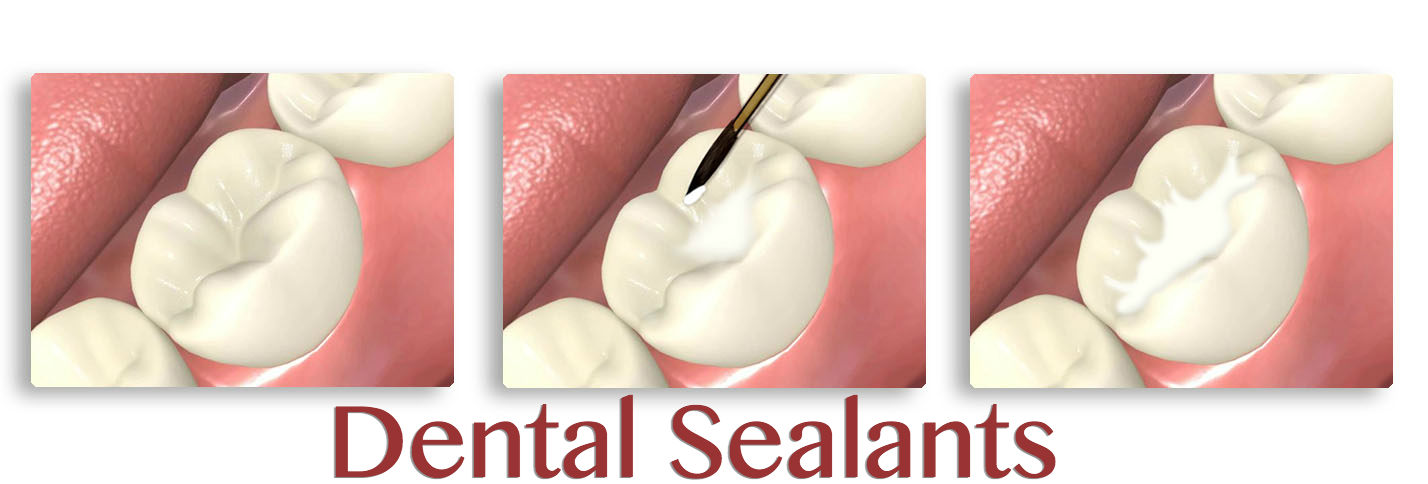A recent study released by the Journal of the American Dental Association identified dental sealants as one of the most effective means of reducing cavities in children. Sealants were found to be more effective than fluoride varnish at preventing decay and are associated with a 70%-80% reduction in cavities in the pits and grooves of teeth.
A dental sealant is administered by cleaning the tooth surface, fillings the grooves with a resin material and adjusting any high points that interfere with biting/chewing. This may sound similar to the way that a traditional dental filing is performed because it is essentially the same procedure. The main differences come from the goals of the treatments and the amount of modification to the tooth.
A dental filling is provided to remove active decay from a tooth's enamel and dentin. They usually extend 3-5 millimeters into the tooth and are used as a reparative treatment. By taking out the damaged areas, we can halt bacteria's progression into the tooth. In contrast, a sealant is performed on an undecayed tooth as a preventative measure. Typically, no tooth structure is removed. The end goal is to "seal out" food and bacteria from the deep grooves in our teeth. These tiny nooks create a perfect spot to catch food, harbor bacteria and avoid cleaning (most times the grooves are too thin to be reached by a toothbrush bristle!).
In total, there are many similarities between traditional fillings and sealants. However, placing a sealant takes less time, requires less tooth structure to be removed and is an overall less traumatic experience for young patients. If you would like to know if you or a family member would benefit from sealants, please call our office to schedule an appointment!


